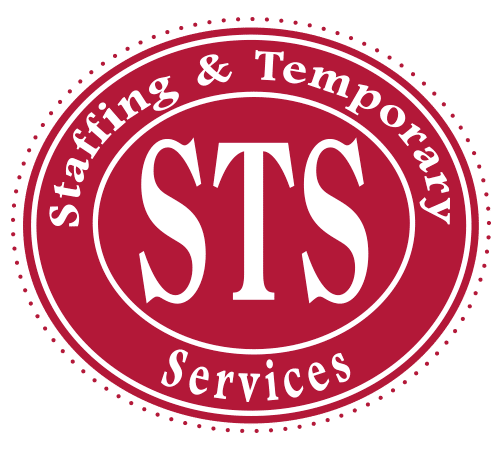In every successful organization, leadership isn’t merely about managing day-to-day tasks; it’s about steering the company toward its long-term vision. The essence of effective leadership lies in setting clear, achievable targets that align with the larger goals of the business. These targets serve as a roadmap, guiding teams and individuals through a meticulous process of continuous improvement and excellence.
Establishing targets is more than just a checklist activity; it embodies a thoughtful strategy in which leaders identify key performance indicators (KPIs), set measurable objectives, and understand the dynamics of their workforce. Goal-driven leadership fosters an environment where every team member feels empowered to contribute to a common purpose, ultimately driving the company forward.
What makes goal-driven leadership so impactful is its ability to translate broad visions into specific actions. It encourages a culture of accountability and motivation, where milestones are celebrated and lessons are learned from challenges faced. This structured approach not only keeps the organization on track but also enhances morale by showing employees their direct impact on the company’s success.
As you navigate the complexities of leading a diverse workforce, it’s crucial to grasp the principles of establishing effective targets. These principles not only streamline operations but also create a resilient framework for achieving business excellence. Through thoughtful goal-setting, leaders can inspire their teams to push boundaries, innovate consistently, and achieve lasting success.
Identifying Key Performance Indicators (KPIs)
When establishing meaningful targets, one of the first steps is identifying the right Key Performance Indicators (KPIs). KPIs are the metrics that will help measure progress towards your goals. For instance, in the retail sector, KPIs might include sales per square foot, inventory turnover rates, and customer satisfaction scores. In manufacturing, you might look at production output, defect rates, or equipment efficiency. The idea is to select KPIs that are directly aligned with your company’s strategic goals and objectives. By focusing on these indicators, leaders can keep their teams attuned to what matters most, paving the way for systematic and measurable improvements.
Setting Measurable Objectives
Once you’ve identified your KPIs, the next step is to set tangible, measurable objectives. These goals should be specific, attainable, and relevant to your industry. For example, a customer service department might aim to reduce response times by 20% over the next quarter. In warehousing, a goal might be to improve picking accuracy by 15% within six months. These objectives provide clear direction and allow teams to track their progress. Additionally, having measurable goals fosters a sense of achievement as milestones are reached, which in turn boosts morale and motivation among employees.
Understanding Workforce Dynamics
Goal-driven leadership also requires a deep understanding of your workforce’s dynamics. It’s crucial to recognize the strengths, weaknesses, and motivations of your team members. For small businesses, this can be a game-changer. In an administrative setting, comprehending how different team members manage their tasks can help in delegating responsibilities more effectively. In consumer goods and manufacturing, knowing the skill levels and training needs of your workforce can lead to better productivity and fewer mistakes. Leaders who invest time in understanding their employees can set more realistic and tailored targets, fostering a more engaged and dedicated team.
Fostering Accountability and Motivation
Creating a culture of accountability is integral to the success of goal-driven leadership. When team members know that their performance is being tracked and that they are accountable for meeting their targets, it creates a sense of ownership. For instance, in customer service, tracking individual and team performance through regular reviews can help emphasize accountability. Celebrating milestones, such as recognizing the top performer in a retail store, can also serve as a motivation booster. By acknowledging and rewarding their efforts, leaders can keep the team motivated and focused on their objectives.
Innovating Consistently
Innovation is at the heart of business success, and goal-driven leadership can play a pivotal role in fostering an innovative culture. Setting targets that encourage creative solutions and new approaches can drive continuous improvement. For example, a manufacturing company might set an objective to reduce waste by 10% through innovative recycling programs or process improvements. In retail, encouraging teams to brainstorm and implement ideas for improving customer experience can lead to increased sales and customer loyalty. By setting innovation-driven targets, leaders can inspire their teams to think outside the box and contribute to the company’s growth.
The Role of Feedback and Adaptation
Feedback is crucial in the process of achieving goals. Regularly reviewing progress against targets and soliciting feedback from the team can uncover valuable insights. For instance, a feedback loop in a customer service setting might reveal that certain tools or processes are hindering performance. Adapting goals based on this feedback can lead to more realistic and achievable objectives. In a manufacturing environment, feedback from the production floor might highlight the need for additional training or new equipment. By being open to feedback and willing to adapt, leaders can ensure that their targets remain relevant and achievable.
The Path to Business Excellence
Goal-driven leadership is a powerful tool for steering a business toward excellence. These strategies not only streamline operations but also enhance employee morale and create a resilient framework for success. As businesses navigate the complexities of the talent market in various sectors, from administrative roles to warehousing, this approach can provide a competitive edge, ensuring sustained growth and business excellence. STS Staffing & Temporary Services, Inc. stands ready to support your journey towards achieving these ambitious goals. If you need top talent to help you reach your goals, easily request an employee today.

